Clove Tree Propagation Tips – Methods For Propagating Clove Trees
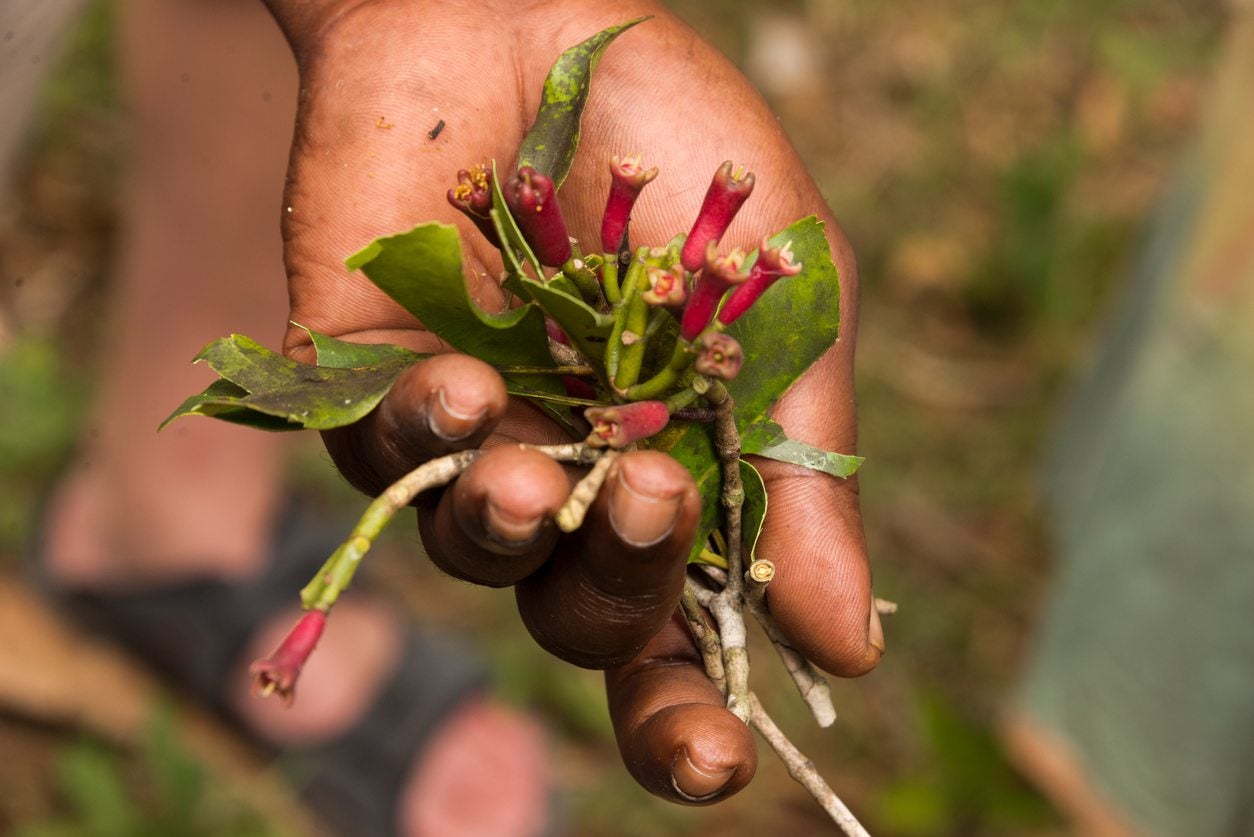

The culinary and medicinal herb known as cloves are harvested from tropical evergreen clove trees (Syzygium aromaticum). Immature, unopened flower buds are harvested from clove trees and dried. Once dried, the seed pod/flower bud is removed and the small immature seed pod within is used as a spice for food or in herbal remedies. While this spice is technically the plant’s seed, you cannot buy a jar of cloves at the grocery store and plant them to grow a clove tree of your own. If you would like to know how to propagate a clove tree, read on for clove propagation methods and tips.
Clove Tree Propagation Tips
Clove trees grow in wet, tropical regions. They require consistent temperatures of 70 to 85 degrees F. (21-30 C.) that do not dip below 50 degrees F. (10 C.). Clove trees can grow in full sun to part shade. Commercially, they are grown in regions within 10 degrees of the equator, where companion trees such as jacaranda and mango can provide them with some shade. Common clove trees grow approximately 25 feet (8 m.) tall, but hybrid cultivars usually only grow to 15 feet (5 m.) tall. With regular trimming, clove trees can also be grown in pots indoors or on the patio, like Ficus or dwarf fruit trees.
Methods for Propagating Clove Trees
The most common method of propagating clove trees is by seed. Cuttings can also be taken in midsummer, though this is not frequently done. Under the right conditions, clove trees grow best from seed propagation. However, it is important to note that a clove tree planted from seed will not start to produce blooms for five to ten years, and they do not reach their maximum bloom until they are 15 to 20 years old. It is also very important to note that dried out clove seeds are not viable and will not germinate. It is recommended that clove seeds be planted immediately or within one week of their harvest. Seeds that are not planted right away should be left in the flower bud until they can be planted; this helps them remain moist and viable. Clove seeds should be lightly scattered on the surface of a moist, rich potting mix. Do not bury the seeds; they will germinate right on the soil surface. Seed tray or pots should then be covered with a clear lid or clear plastic to retain the proper moisture and humidity. For germination, daytime temperatures should remain steadily around 85 degrees F. (30 C.), with nighttime temperatures no lower than 60 degrees F. (15 C.). In these conditions, seeds should germinate in six to eight weeks. It is important to maintain these conditions until the seedlings are ready for transplanting. Clove tree seedlings shouldn’t be transplanted for at least six months.
Gardening tips, videos, info and more delivered right to your inbox!
Sign up for the Gardening Know How newsletter today and receive a free copy of our e-book "How to Grow Delicious Tomatoes".
-
 Looking For Plants To Give You The Soft And Fuzzies? Try These 5 Fuzzy Leaf Plant Options
Looking For Plants To Give You The Soft And Fuzzies? Try These 5 Fuzzy Leaf Plant OptionsLovers of texture, drama, silver foliage and tactile plants will adore these special sensory garden additions. These fuzzy leaf plant options will leave you all aglow
By Susan Albert
-
 Get Ready For A Summer Of Hummers! Grow These Full Sun Hummingbird Plants and Flowers
Get Ready For A Summer Of Hummers! Grow These Full Sun Hummingbird Plants and FlowersIf you’re lucky enough to enjoy a sunny backyard, make sure you are maxing out on your pollinator opportunities and grow these full sun hummingbird plants and flowers
By Tonya Barnett
-
Clove Tree Sumatra Info: Recognizing Sumatra Disease Of Cloves
Sumatra disease is a serious problem that affects clove trees, particularly in Indonesia. It causes leaf and twig dieback and will, eventually, kill the tree. Learn more about clove tree sumatra disease symptoms and how to manage and treat cloves with sumatra disease here.
By Liz Baessler
-
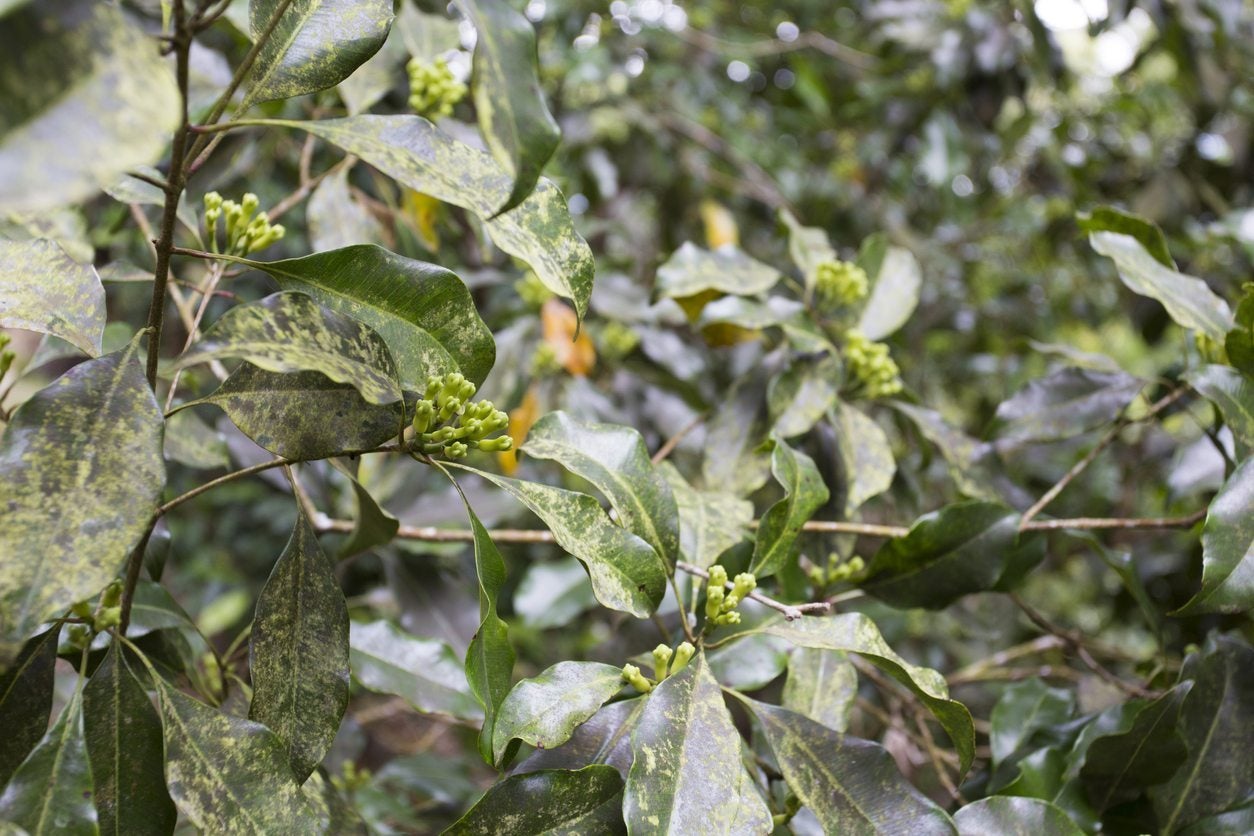 Common Clove Tree Issues – Managing Problems With Clove Trees
Common Clove Tree Issues – Managing Problems With Clove TreesDid you ever poke cloves into a baked ham for the holidays and wonder where they come from? They are unopened flower buds that grow on a clove tree. Before you plant a clove tree, you should learn a little about clove tree problems. This article will help with that.
By Teo Spengler
-
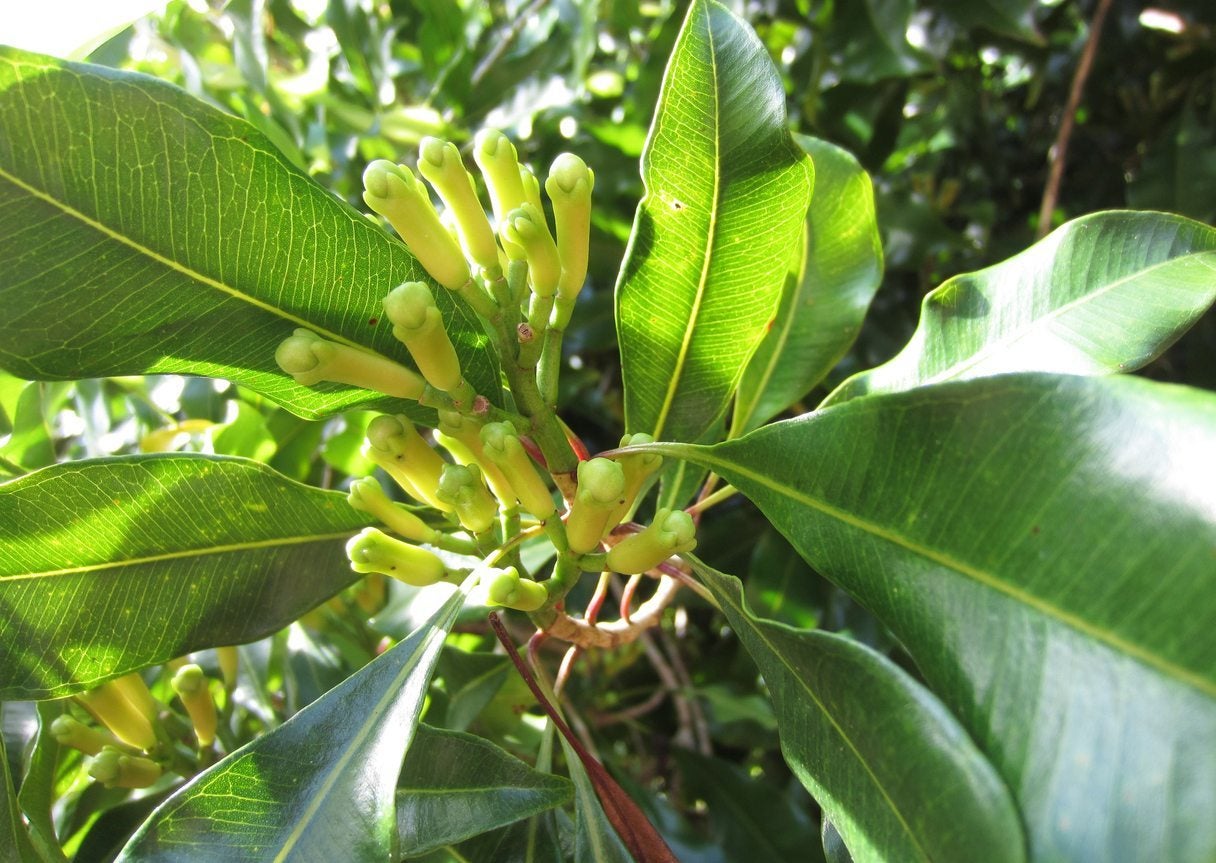 Can You Grow Cloves In Containers – How To Grow A Clove Tree In A Pot
Can You Grow Cloves In Containers – How To Grow A Clove Tree In A PotIt's tempting to want a clove tree of your very own, but their extreme sensitivity to cold makes them impossible for most gardeners to grow outdoors. Can you grow cloves in containers? Learn more about caring for container grown clove trees in this article.
By Liz Baessler
-
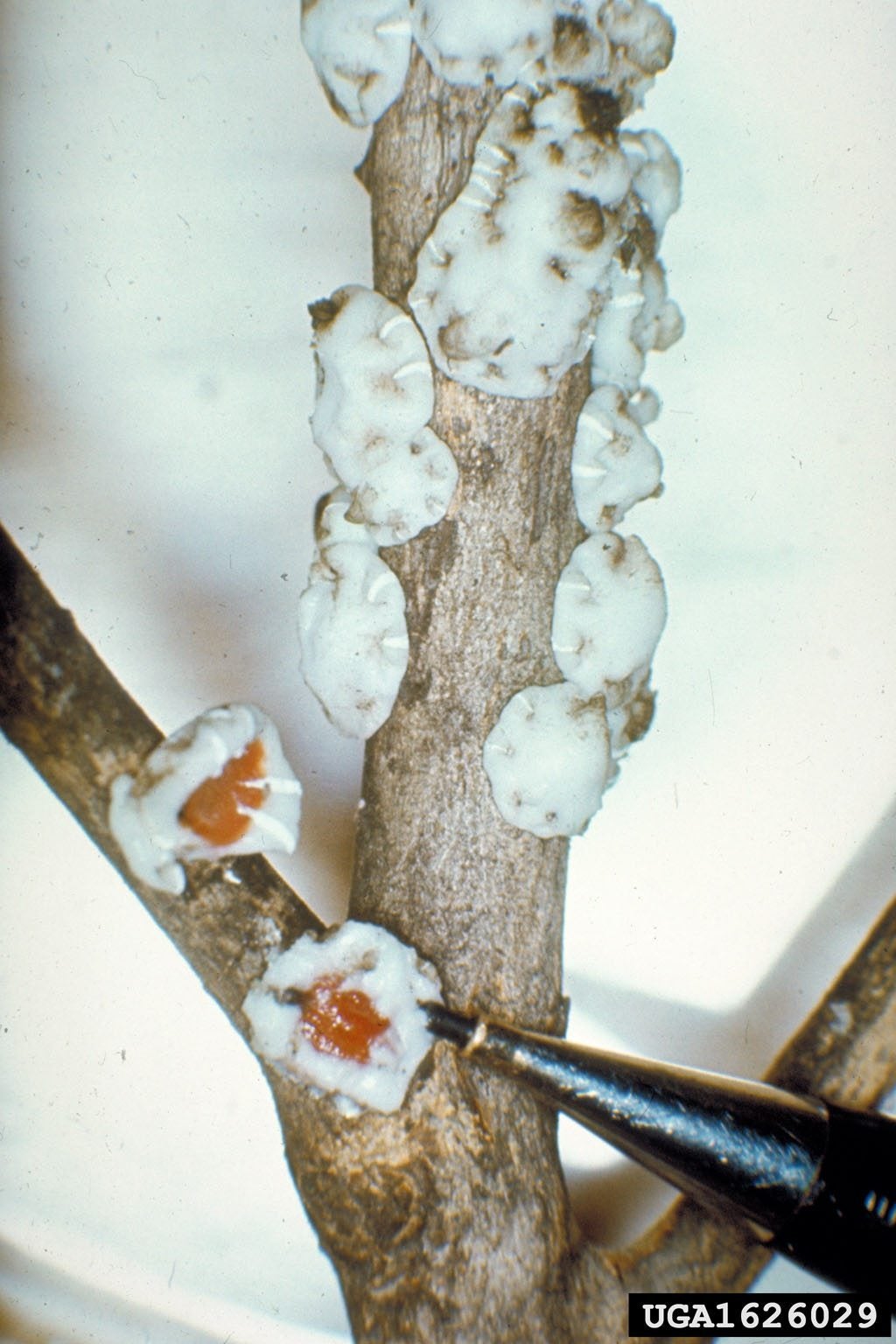 Clove Tree Pests: Controlling Pests On A Clove Tree
Clove Tree Pests: Controlling Pests On A Clove TreeClove trees (Syzygium aromaticum) are evergreens grown for their aromatic flowers. The clove itself is the unopened flower bud. A number of clove tree pests attack the plant. For more information about pests of clove trees, click this article.
By Teo Spengler
-
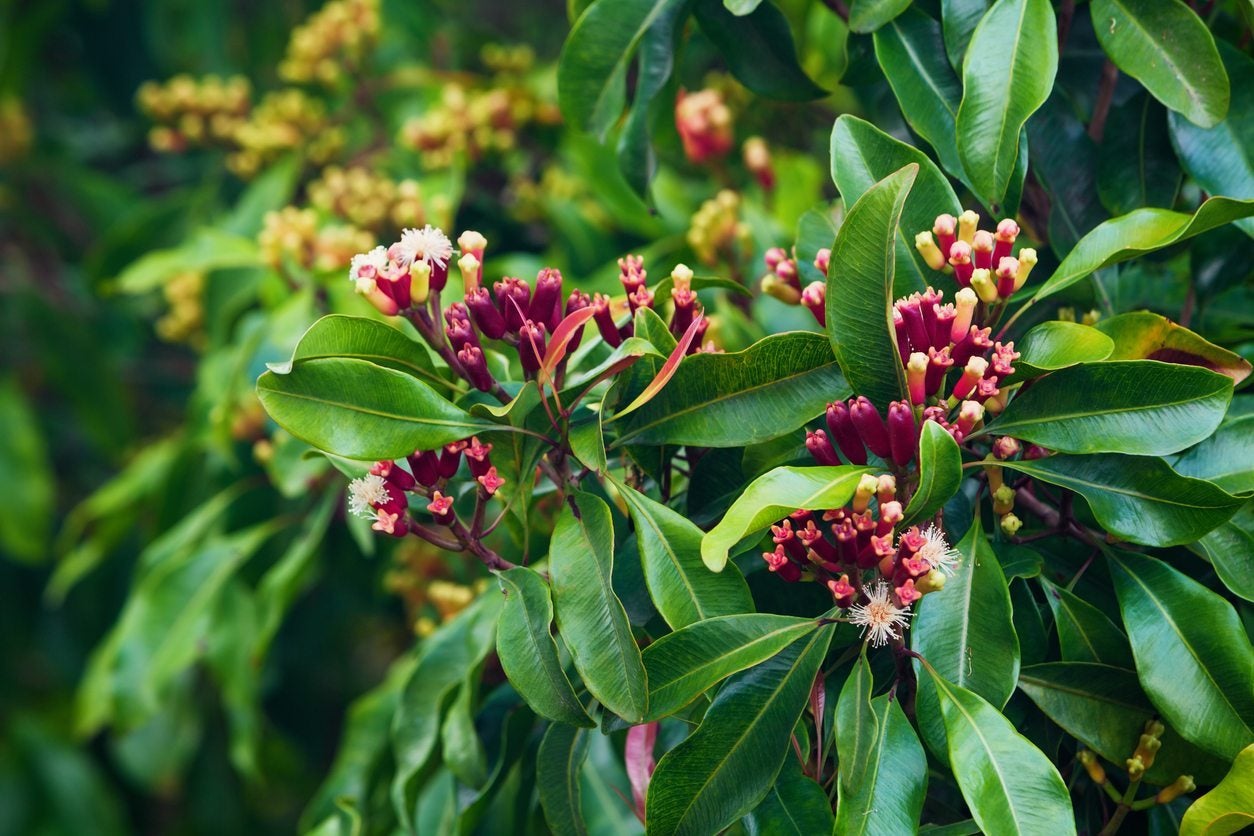 Common Clove Tree Diseases: Learn How To Treat A Sick Clove Tree
Common Clove Tree Diseases: Learn How To Treat A Sick Clove TreeAlthough they are generally hardy and easy to grow, clove trees are susceptible to several clove tree diseases. Click on the article that follows for more information about diseases of clove trees and tips on how to treat a sick clove tree.
By Mary H. Dyer
-
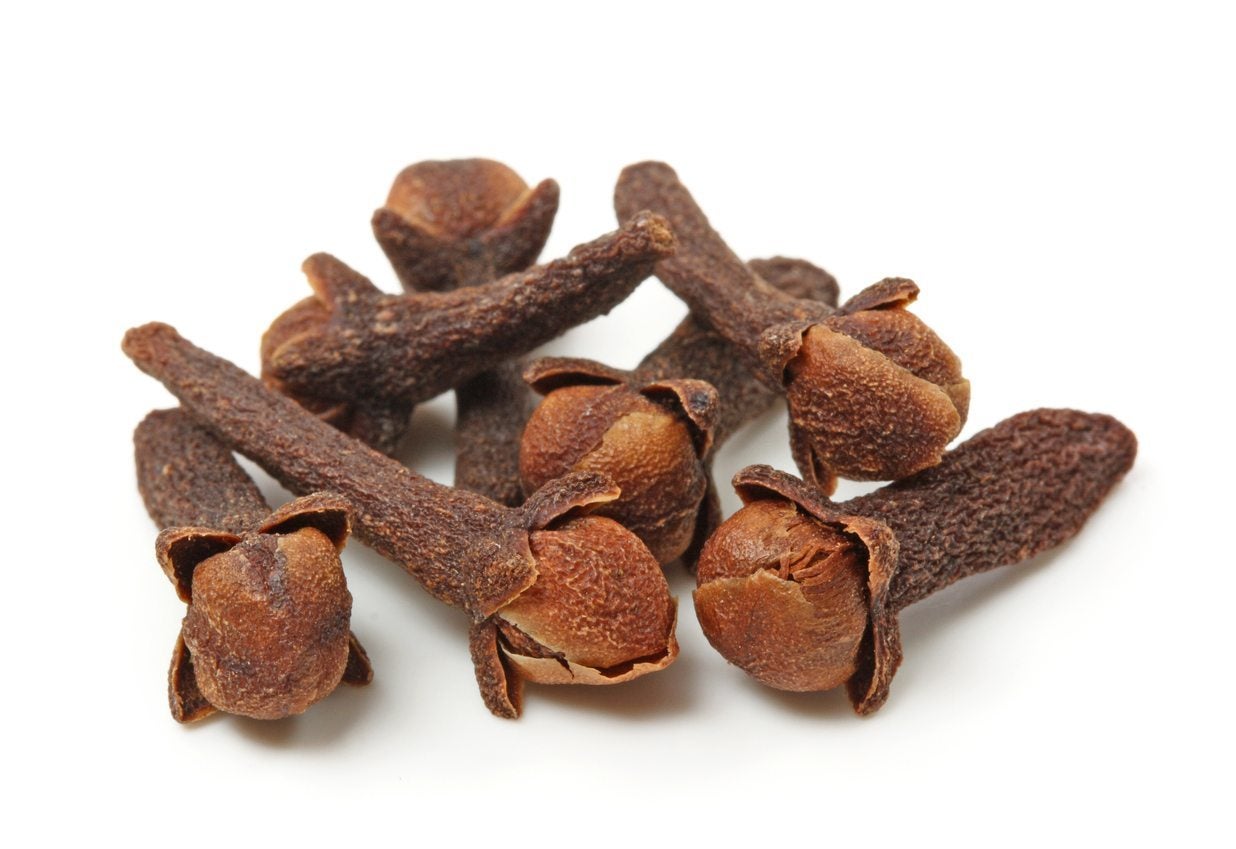 Clove Harvest Guide: Learn How To Harvest Cloves For Kitchen Use
Clove Harvest Guide: Learn How To Harvest Cloves For Kitchen UseThe cloves you use to flavor your dishes are the result of at least 6 years of growth on the part of the tree. Six years is the minimum time it takes the tree to flower. If you?re interested in learning more about the harvesting of cloves, this article will help.
By Amy Grant
-
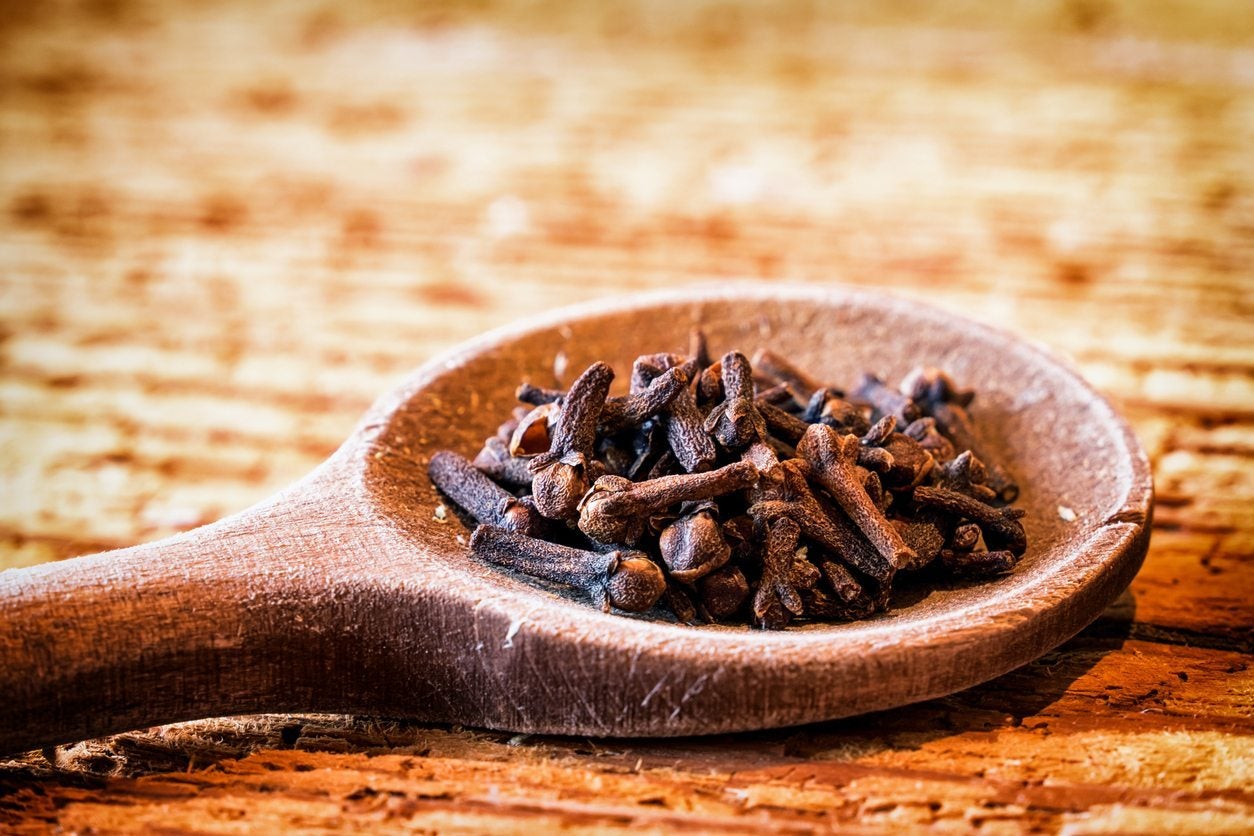 Common Uses For Cloves – How To Use Cloves From Your Garden
Common Uses For Cloves – How To Use Cloves From Your GardenIf you?re lucky enough to have a clove tree in your yard, you can harvest and use your own cooking and medicinal spice. Clove tree uses range from basic landscaping to actually harvesting and cooking with your cloves. Here are some ideas for what to do with your backyard cloves.
By Mary Ellen Ellis
-
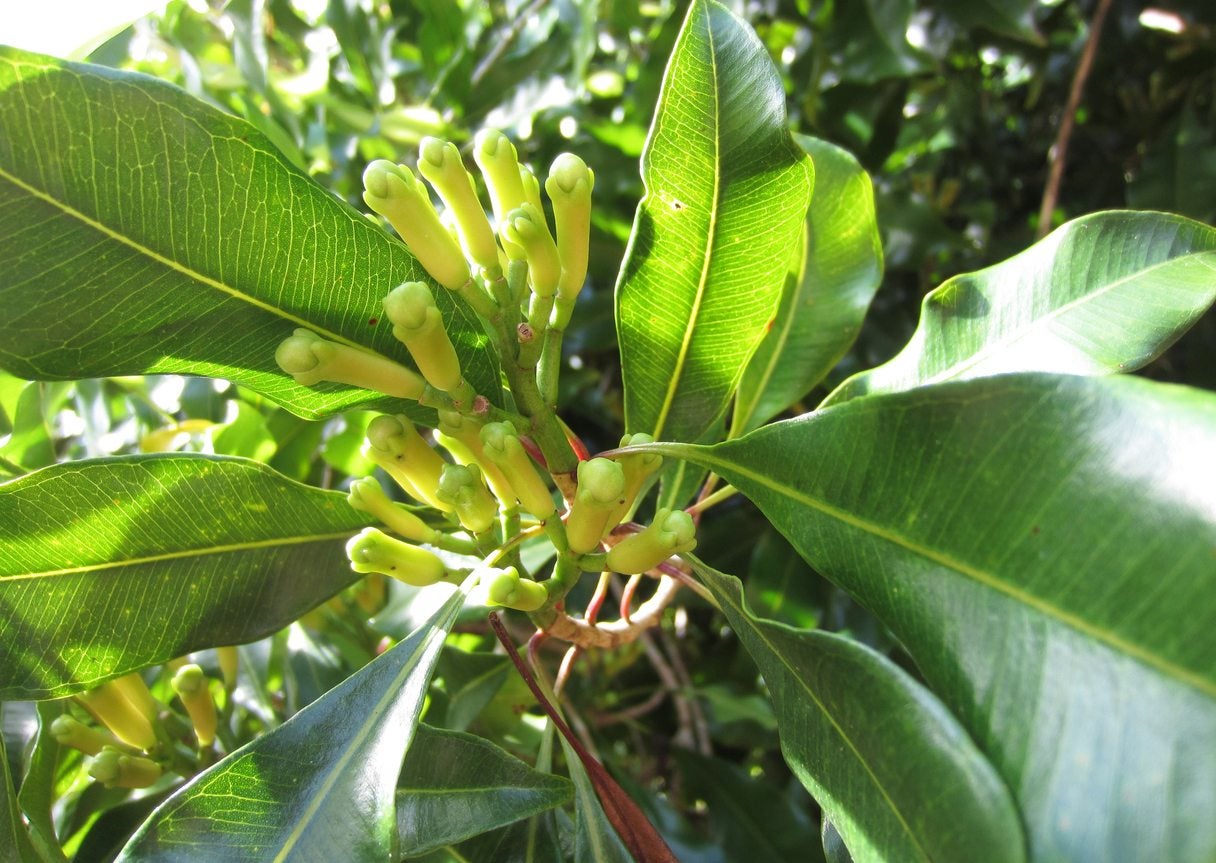 What Are Clove Tree Uses: Clove Tree Information And Growing Tips
What Are Clove Tree Uses: Clove Tree Information And Growing TipsClove trees produce the cloves you use to spice up your cooking. Can you grow a clove tree? According to clove tree information, it's not hard to grow these trees if you can provide ideal growing conditions. Learn what those are in this article.
By Teo Spengler